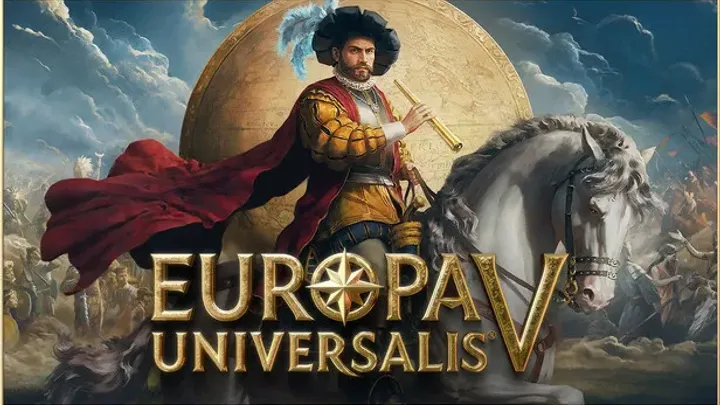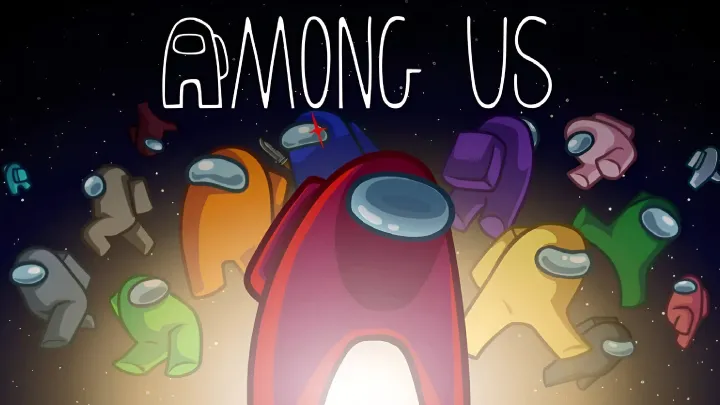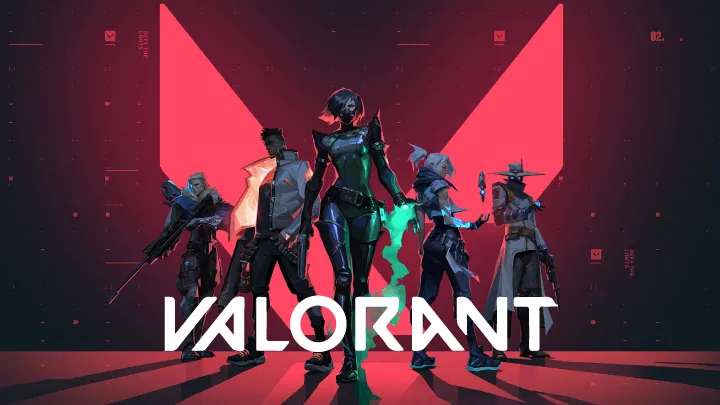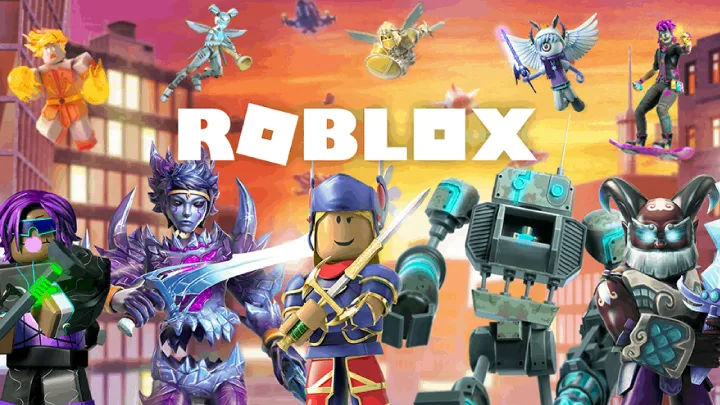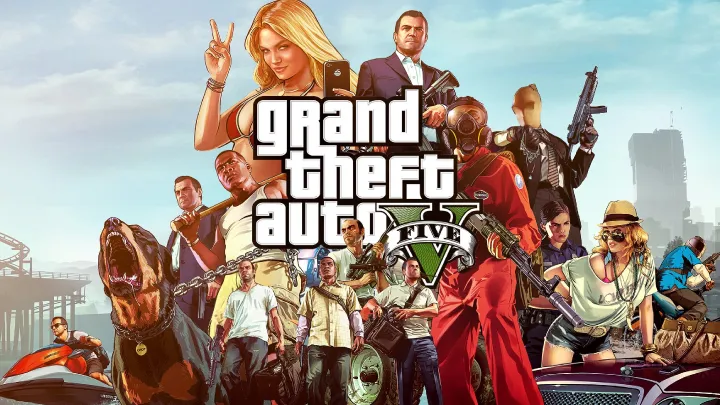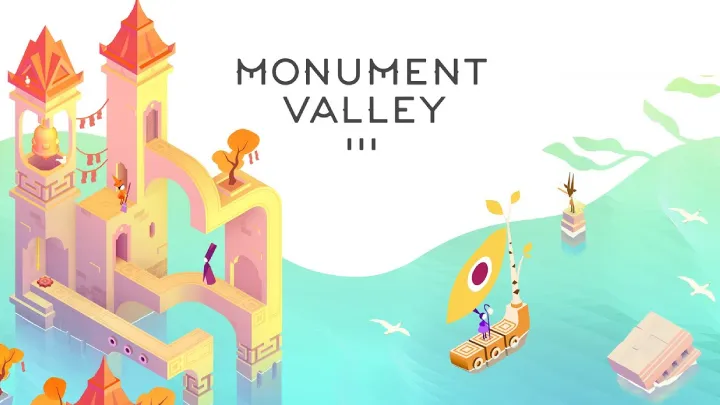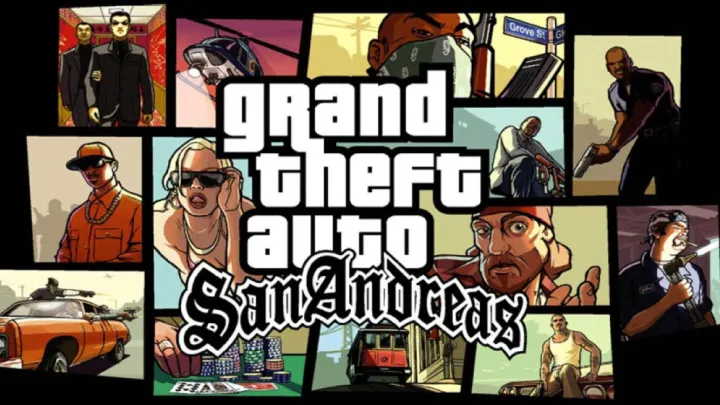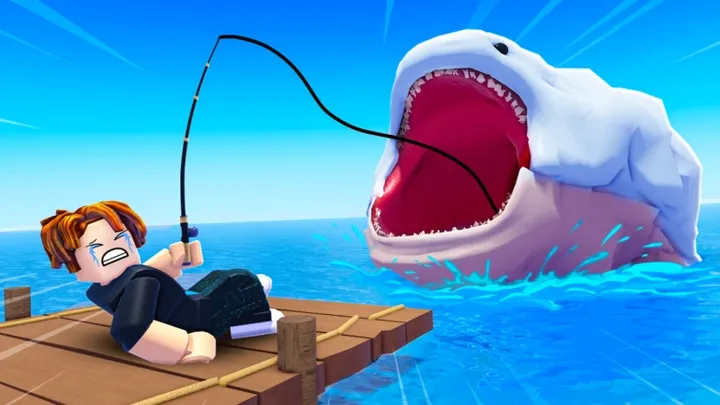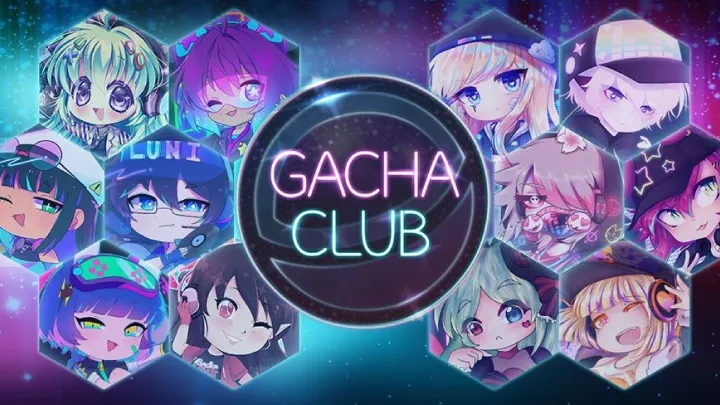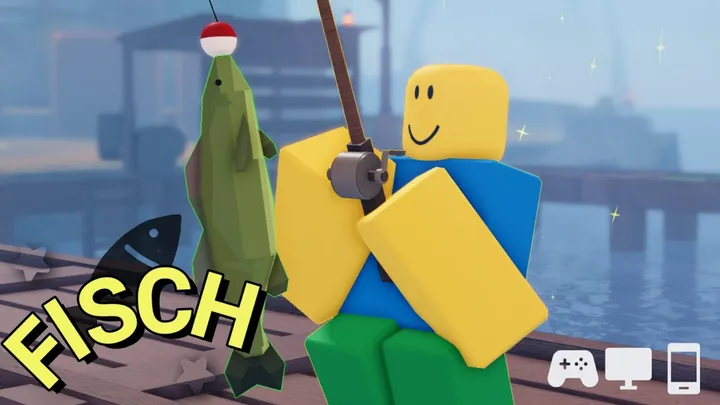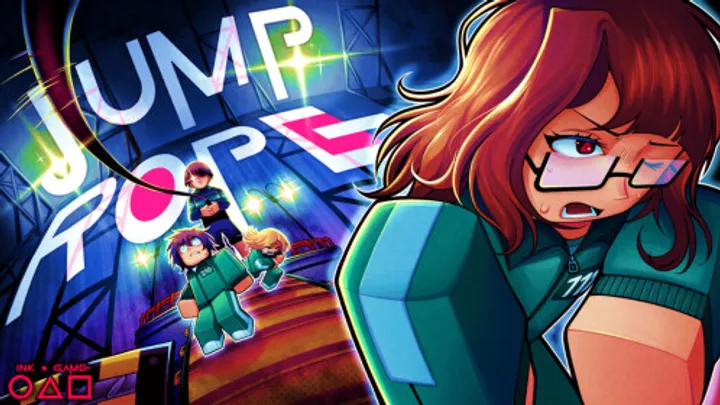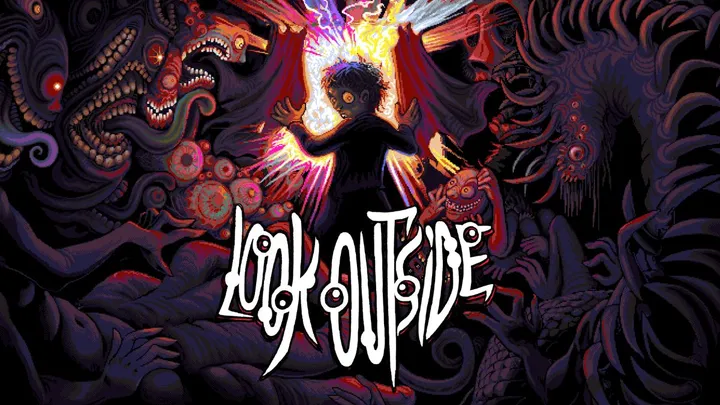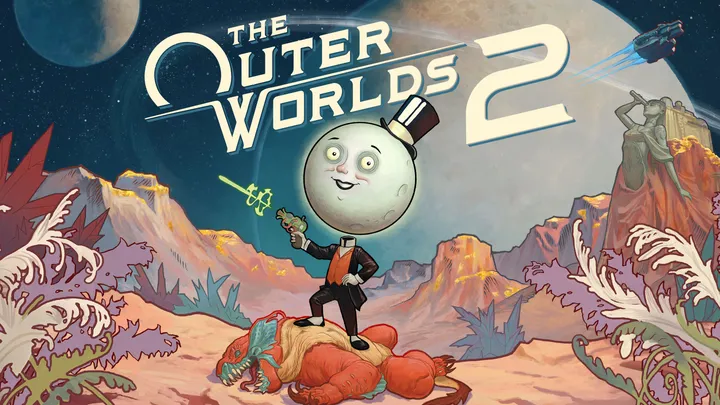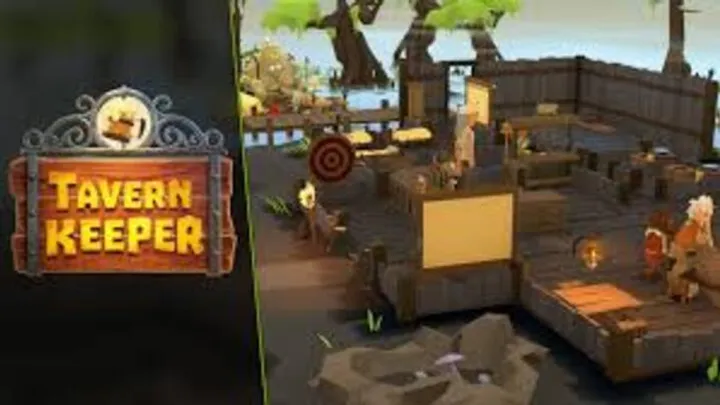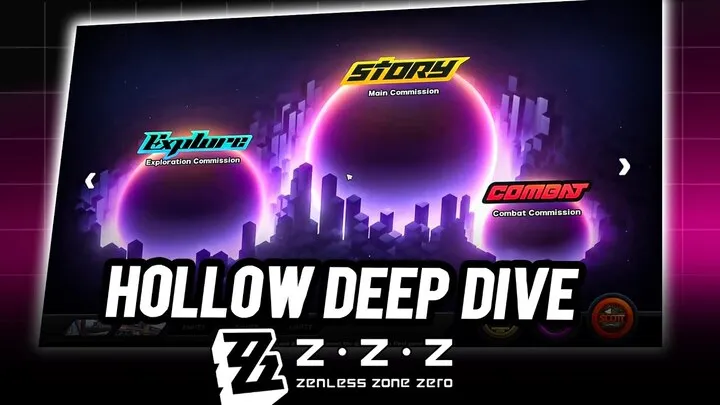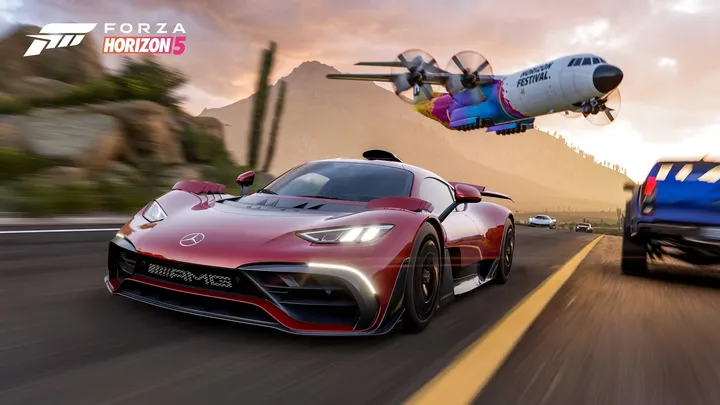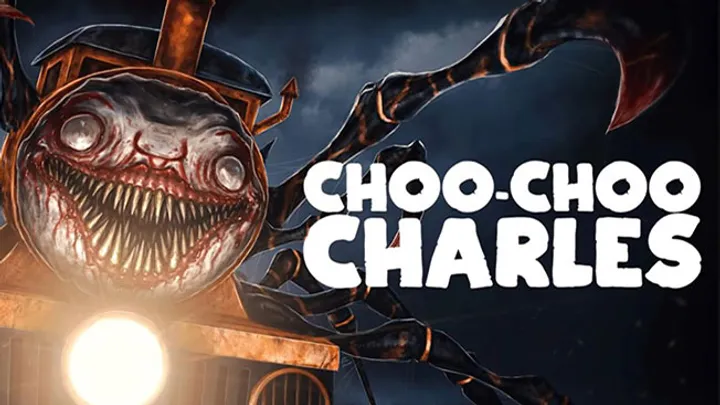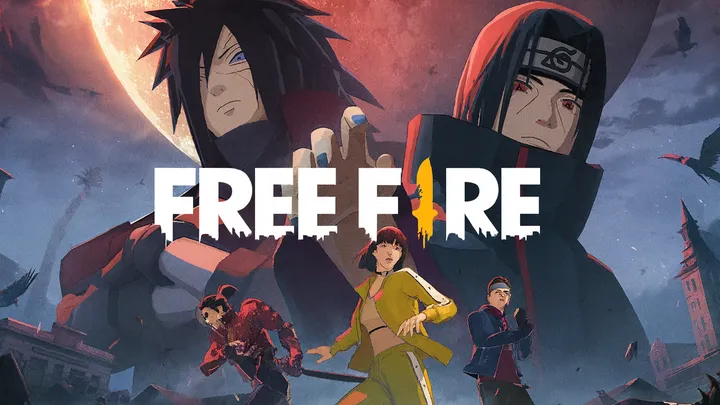Introduction
Gacha Life, developed and published by Lunime, launched on October 30, 2018, for Android, iOS, and later PC, offering a vibrant roleplaying experience centered on anime-style character creation. This mobile title introduces players to a world where they can design customizable avatars, engage in mini-games, and craft stories through Studio Mode, all wrapped in a free-to-play model with optional in-app purchases ranging from $0.99 to $99.99. Gaining traction through its accessibility and creative freedom, the game has become a cultural phenomenon among younger audiences, particularly pre-teens and teens. Early feedback highlights its charm and community engagement, though concerns about content moderation and microtransactions linger. This review explores its narrative, world, gameplay, and technical execution to evaluate its standing as a creative social simulator.
Narrative & Storytelling
Gacha Life weaves its narrative through player-driven creativity rather than a preset campaign. Players assume the role of a character creator, building unique avatars and crafting stories in Studio Mode, where scenes with dialogue and poses bring personal tales to life—ranging from epic adventures to everyday dramas. The Life Mode introduces a light narrative arc, where players explore areas, interact with non-player characters (NPCs), and unlock friendships, adding a subtle progression of social bonds and personal growth.
However, the lack of a structured storyline might leave some seeking a guided plot unsatisfied, as the experience relies on emergent narratives shaped by individual imagination—rivalries, romances, or heroic quests—that vary widely. The storytelling thrives on community input, with players sharing creations online, though its depth depends on the user’s investment, making it a sandbox for creative minds rather than a traditional narrative-driven game.
World & Environments
The world of Gacha Life centers on a colorful, anime-inspired universe, featuring diverse locations like a bustling town square, a serene schoolyard, and a spooky forest, each rendered with bright, hand-drawn visuals. These areas serve as backdrops for exploration in Life Mode and storytelling in Studio Mode, enhanced by dynamic elements like weather effects and seasonal decorations that shift the mood. The soundscape, with cheerful background music and character chatter, creates an inviting atmosphere, though occasional repetition of tracks can become noticeable.
Yet, the limited number of locations—around a dozen core areas—might restrict environmental variety over time, as the focus remains on customization rather than expansive exploration. The design prioritizes a contained, creative space, which could feel restrictive for players seeking broader adventures. Community feedback celebrates the vibrant aesthetics and seasonal updates, though some note the lack of new areas, suggesting a world that excels in charm but may benefit from expanded diversity to sustain engagement.
Gameplay Mechanics
Core Loop
The core loop revolves around character creation, exploration, and content creation, with sessions lasting 15-45 minutes depending on mode, offering a flexible rhythm of creativity and play. The cycle of designing, exploring, and sharing drives a satisfying flow, encouraging repeated engagement.
On-Field Mechanics
The gameplay hinges on a robust customization system, allowing players to tweak avatars with hundreds of outfits, hairstyles, and accessories, each choice influencing personality and story potential. Mini-games like Duck & Dodge and Narwhal Sky provide quick challenges, earning gems for further customization, though their simplicity can feel repetitive. The mechanics reward creativity and experimentation, demanding time to unlock full potential.
Mode-Specific Features
Studio Mode enables scene creation with up to 10 characters, dialogue boxes, and backgrounds, offering a deep storytelling tool. Life Mode facilitates exploration and NPC interactions, unlocking new dialogue and gifts, while the Gacha system adds a random reward element with gem spending. The variety of modes caters to different playstyles, but balance adjustments for gem earnings and mini-game difficulty lag, a point raised in early feedback.
Progression & Multiplayer
Progression includes leveling up through NPC friendships and gem collection, balancing grind with cosmetic rewards in a system that feels engaging based on initial play. The game lacks traditional multiplayer, but its social aspect shines through shared content on external platforms, though the absence of in-game co-op limits collaborative play. The progression system thrives on individual creativity, requiring refinement to enhance accessibility.
Technical Execution
Gacha Life delivers a visually appealing experience with its anime-style graphics, detailed character designs, and colorful environments, though older devices might face lag during heavy customization. Post-launch updates have addressed stability, but occasional crashes during Studio Mode persist. Audio impresses with upbeat tracks and character voices, though repetitive loops can detract over long sessions.
Controls are intuitive with precise tapping and dragging for customization, offering a natural feel across touchscreens, though the lack of controller support limits versatility. Ongoing updates are refining core systems, but initial technical hiccups suggest continued optimization is needed. The execution supports the creative focus, with visuals and audio as strengths amid polish challenges.
Community Feedback
Gacha Life has fostered a passionate community, with early praise for its customization, Studio Mode, and social sharing, though concerns about inappropriate content and microtransaction pressure surface from player discussions. Excitement for character creation and mini-games is widespread, but frustration with ads and moderation issues persists. Community feedback drives development, sustaining interest, and player retention remains strong, fueled by the game’s dedicated fanbase.
Criticism centers on technical stability and content safety, with players noting crashes and a desire for better moderation, alongside debates over in-app purchase balance. The community’s active input shapes updates, reflecting a group eager to see the game evolve into a safer, polished experience.
Final Verdict
Gacha Life delivers a vibrant creative platform with its robust customization and Studio Mode, celebrating player imagination. Its colorful world and social features shine, though content moderation and technical issues pose challenges. It’s a must-play for creative enthusiasts, with patience required as updates refine the experience.














































